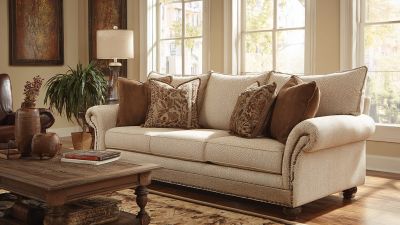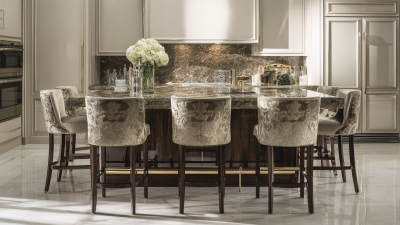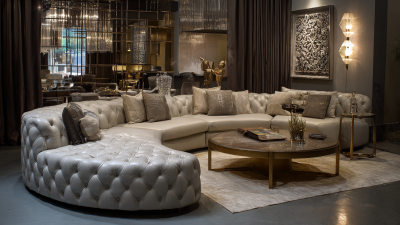The hospitality furniture sector plays a pivotal role in shaping the guest experience and overall aesthetic of hospitality environments. As we approach the 2025 China Import and Export Fair, the trends in hospitality furniture are becoming increasingly significant, reflecting broader changes in consumer preferences and design innovation. According to a report by Research and Markets, the global hospitality furniture market is projected to reach USD 19.2 billion by 2025, growing at a CAGR of 6.4% from 2020 to 2025. This shows a rising demand for aesthetically pleasing and functional furniture that enhances guest comfort and meets operational needs. The upcoming fair will serve as a crucial platform for manufacturers and designers to showcase the latest innovations in hospitality furniture, including sustainable materials and multifunctional designs. It is essential for industry stakeholders to stay abreast of these trends to thrive in an increasingly competitive environment.
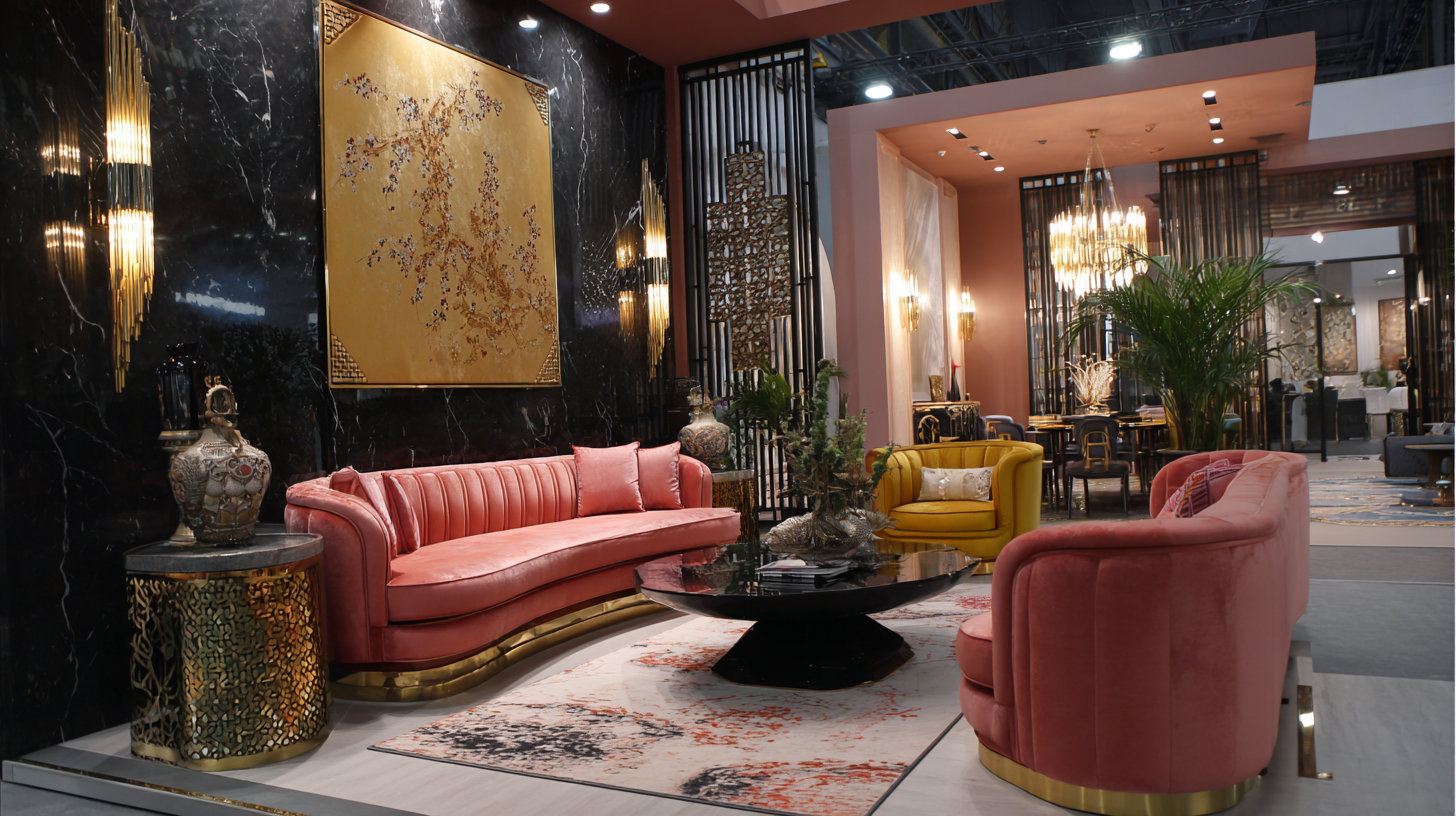
The 2025 China Import and Export Fair is poised to showcase a transformative shift in hospitality furniture, driven by innovative designs that cater to modern aesthetic and functional needs. According to a recent report by IBISWorld, the hospitality furniture market is projected to grow by 4.5% annually through 2025, indicating a booming demand for fresh concepts and sustainable materials. Designers are increasingly focusing on personalization and multi-functionality; pieces that can adapt to various settings are becoming essential, reflecting a broader trend towards versatility in design.
One emerging trend is the integration of technology into furniture designs. Smart furniture, equipped with charging stations and app-controlled features, offers enhanced guest experiences while maximizing space efficiency. Additionally, contemporary materials such as high-grade recycled plastics and sustainable wood are gaining traction, aligning with global efforts for eco-friendliness in the hospitality sector.
**Tips:** When selecting hospitality furniture for your establishment, consider pieces that reflect your brand’s identity while also prioritizing durability and comfort. Always assess the spatial dynamics of your venue to choose adaptable designs that enhance customer experience without compromising on aesthetics. Lastly, stay informed about the latest trends and innovations by regularly attending industry fairs and design expos.
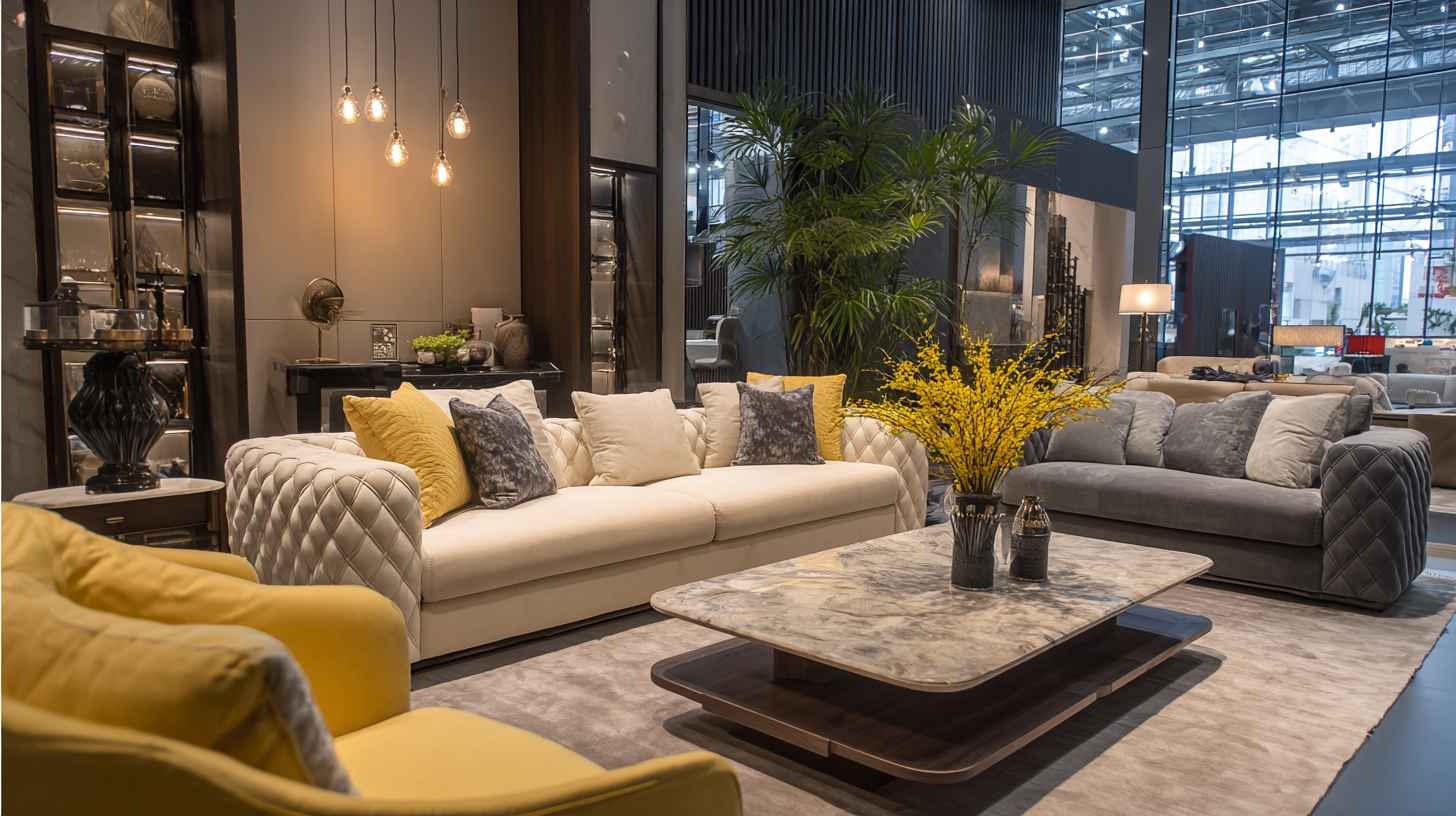
The 2025 China Import and Export Fair serves as a significant platform for showcasing the latest trends in hospitality furniture, particularly emphasizing the shift towards sustainable materials. As consumer awareness grows around environmental issues, hospitality businesses are increasingly adopting furniture made from eco-friendly sources. Wood from responsibly managed forests, recycled metals, and biodegradable materials are at the forefront of this transition. This movement not only reflects a commitment to sustainability but also appeals to environmentally conscious customers, enhancing brand reputation.

In addition to aesthetic appeal, sustainable materials offer durability and functionality, essential for the hospitality sector. Furniture designed with longevity in mind reduces the need for frequent replacements, aligning with both economic and environmental goals. Furthermore, manufacturers are innovating, creating designs that incorporate green technology, such as non-toxic finishes and modular pieces that can be easily adapted to changing spaces. As these trends gain traction, the hospitality industry is poised to redefine its approach to furniture, ensuring that style and sustainability go hand in hand.
As the hospitality industry in China continues to evolve, innovative technology plays a pivotal role in shaping the future of furniture design and functionality. The integration of smart furniture solutions, such as IoT-enabled seating and tables, is becoming increasingly prevalent. According to a report by Market Research Future, the smart furniture market is projected to grow at a CAGR of 28.7% from 2020 to 2027, indicating a strong demand within the hospitality sector. Hotels and restaurants are prioritizing multifunctionality, ensuring their furniture not only looks stylish but also supports various technological needs.
Tips: When selecting furniture for hospitality venues, consider incorporating smart features like charging ports and adjustable components. This can greatly enhance guest experiences while also improving operational efficiency for staff.
Moreover, sustainability remains a key trend in the design of hospitality furniture. Manufacturers are now focusing on eco-friendly materials and production processes. Data from the Global Sustainability Study indicates that 66% of consumers are willing to pay more for sustainable brands, underscoring the importance of incorporating green practices. Hotels that invest in sustainable furnishings not only attract eco-conscious travelers but also contribute positively to their brand image.
Tips: Look for furniture made from recycled or renewable materials. This not only aligns with customer preferences but also supports global sustainability efforts, helping your brand resonate in a competitive market.
The influence of culture on contemporary hospitality furniture styles has become increasingly significant as hotels and restaurants seek to create unique and inviting atmospheres. According to a report by IBISWorld, the hospitality furniture industry in China has seen a growth rate of 6.4% annually over the past five years, driven by an increasing demand for aesthetically pleasing and multifunctional furniture. Designers are now embracing a blend of traditional cultural elements with modern aesthetics, resulting in a diverse range of styles that reflect local heritage while appealing to global trends.
One prominent trend is the integration of sustainable materials inspired by traditional craftsmanship. The use of bamboo, reclaimed wood, and handcrafted textiles is on the rise, creating a sense of authenticity in designs. A survey by Statista indicates that 65% of consumers prefer establishments that showcase local culture through their interior designs. This highlights the importance of incorporating a narrative that resonates with guests on a deeper level.
Tips: When selecting furniture for hospitality spaces, consider items that tell a story and evoke local culture. Collaborating with local artisans can enhance authenticity while supporting the community. Additionally, don't overlook the functionality of pieces—versatile furniture can help maximize space and improve guest experience. Aim for a balance of style and usability to create memorable hospitality environments.
The hospitality furniture market is witnessing a notable shift towards multifunctionality, driven by evolving consumer preferences and the demand for versatile spaces in hotels and restaurants. As the market for hospitality furniture expands, there is a growing interest in designs that can serve multiple purposes — such as furniture that adapts from dining to lounging, or modular systems that can be reconfigured for different events. This trend is reflective of a broader move towards more flexible environments that accommodate diverse guest needs, especially in the context of increasing competition in the hospitality sector.
In tandem with these trends, the global outdoor furniture market is also predicted to grow significantly, fueled by rising disposable incomes and the increasing popularity of outdoor living spaces. The emphasis on outdoor entertaining has created a demand for stylish, durable, and multifunctional outdoor furniture. This inclination mirrors the hospitality sector's shift, where businesses seek to enhance guest experiences across both indoor and outdoor settings. As multifunctional furniture becomes more prevalent, it enhances the overall ambiance and utility of hospitality spaces, making them more appealing to a diverse clientele.
